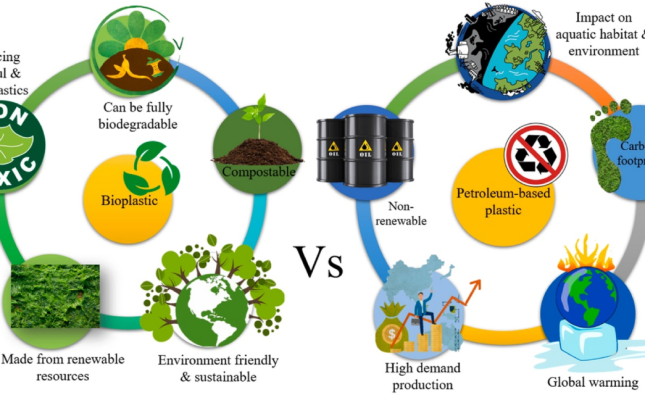
In the realm of global finance, where economic trends influence investment decisions, Bank of America’s recent cautionary note about a ‘5% World’ has sparked discussions. This concept envisions a scenario where yields on various financial instruments rise to around 5%, signaling significant changes for investors and financial markets alike.
The BofA ‘5% World’ Concept
Bank of America’s forewarning of a ‘5% World’ has captured attention due to its implications for the investment landscape. This notion highlights the potential for a substantial increase in yields across bonds, equities, and other financial instruments. With central banks gradually shifting their monetary policies, the once-familiar low-yield environment could soon evolve.

Unpacking Rising Yields: Causes and Effects
The recent surge in yields can be attributed to a convergence of factors. Central banks, including the Federal Reserve, are gradually tapering their bond purchase programs, reflecting a confidence in economic recovery. As economies rebound from the pandemic-induced slump, inflation concerns have also gained traction. These factors collectively push yields higher, impacting borrowing costs and influencing investor behavior.
In this context, understanding the implications of a ‘5% World’ is vital. The higher yields could potentially attract investors seeking better returns. However, this shift might also lead to increased volatility in financial markets, as the era of ultra-low interest rates recedes.
Navigating Investments in a High-Yield Landscape
Investors need to recalibrate their strategies to thrive in this changing landscape. In a ‘5% World,’ traditional low-risk assets like bonds may become less appealing as yields rise. Diversification will remain crucial, with a focus on assets that can provide steady returns even amidst market fluctuations.
Equities could gain prominence as investors search for yield. However, with the potential for increased market turbulence, thorough research and risk assessment will be paramount when selecting individual stocks or sectors. Furthermore, alternative investments like real estate, commodities, and emerging markets might emerge as attractive options in pursuit of diversified portfolios.
Adapting Strategies for the Evolving Financial Scenario
Adapting to a ‘5% World’ necessitates a comprehensive review of investment strategies. Fixed-income investors may need to reconsider their bond allocations, favoring shorter maturities to mitigate interest rate risk. Embracing a more dynamic approach, where portfolios can adjust to changing yield dynamics, will likely become a hallmark of successful investment strategies.
For financial institutions, managing lending and borrowing costs will be pivotal. As yields on loans rise, borrowers may need to evaluate their repayment plans, while lenders could see changes in demand for credit. Additionally, governments and policymakers might need to fine-tune fiscal policies to balance economic growth with rising borrowing costs.
In conclusion, the concept of a ‘5% World,’ as presented by Bank of America, underscores the changing dynamics of global finance. The surge in yields, fueled by shifting central bank policies and inflation concerns, prompts investors to reconsider their strategies. While the higher yields could offer opportunities for better returns, the potential for increased market volatility requires careful planning and risk management. As we navigate this evolving financial landscape, adapting to change will remain the cornerstone of success.










